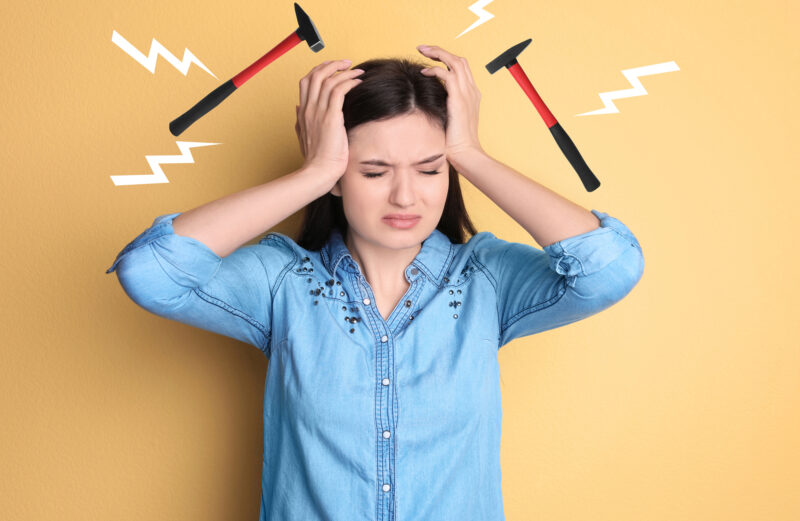
Oftentimes, people are surprised to learn that there are different types of headaches. After all, a headache is a headache, right? Well, surprisingly, it’s not always as simple as that. Headaches can be caused by numerous factors, with various different treatments required.
For the sake of this article, we’re going to focus specifically on tension headaches, examining five tips for getting rid of one!
Tip #1: Take Time to Destress
Many headaches are caused by tight neck and back muscles. Interestingly, this tightness is typically the result of long periods of stress. For instance, an office worker who is attempting to make an impossible deadline, while, at the same time, trying to care for her family may have a hard time destressing.
Research even shows how stress intensity can increase headache frequency. In fact, you might not even realise you’re tensing up!
Yet, by consciously setting aside time for performing calming and relaxing activities, such as meditation or deep breathing, individuals with high levels of stress can decrease pain and reduce the intensity of headaches.
Tip #2: Learn Self-Release and Stretching Techniques
Many headaches are caused by tight muscles in the neck and shoulders. By regularly loosening up these muscles through stretching and self-massage techniques, you might be able to decrease the incidence and intensity of headaches.
Some of the best go-to stretches for neck and shoulder tightness include:
- Upper trap stretches.
- Levator scapulae stretches.
- Rhomboid stretches.
In order to perform a self-release (self-massage), a patient can use a trigger ball or tennis ball. By carefully rolling the ball around on the back of the neck and upper shoulders, you can release tight spots and tension within the muscles in this area.
If you’re unsure of how to perform this self-release or any of the stretches listed above, talk to one of our Physiotherapists for further instruction (more on this in a bit!).
Tip #3: Get Some Physical Activity
Outside of specific neck and shoulder stretches, general and regular physical activity is helpful for improving overall health and decreasing headaches. Plus, physical activity can include movement of any kind, such as taking the dog for a walk or participating in sports. At the end of the day, the more you get up and move and the less time you spend sitting down, the better off you’ll be.
Tip #4: Evaluate Your Sleep Habits
Sleep is a powerful treatment for all ailments, including headaches. If you aren’t already, you need to make sleep a priority. This might include setting a specific time when you go to sleep each night and a specific time when you wake up each morning. It might also involve ensuring you sleep in a quiet, cool, and dark space. All of this will help establish a sleeping rhythm, which will allow your body to fully recover each night.
Besides just establishing a more consistent sleep and wake time and adjusting your sleeping environment, you may also want to consider avoiding screens an hour or two before bed and limiting alcohol and caffeine in the second half of your day, as well as before bedtime. The ultimate goal is finding what works for you and helps you get a good night’s rest.
Tip #5: See Your Physiotherapist
If you suffer from headaches, your physiotherapist can help you determine what kind of headache you are suffering from and can provide treatments that will benefit you most. For instance, physiotherapists can provide treatments, such as mobilisation, manipulation, cervical traction and suboccipital releases, that can improve headache frequency and eliminate factors causing your headaches.
If you’re looking for headache relief, look no further than Turramurra Sports & Spinal Physiotherapy. Our team can help alleviate your pain and help you get back to the activities you know and love. Book your appointment online today or call 9144 1510.











